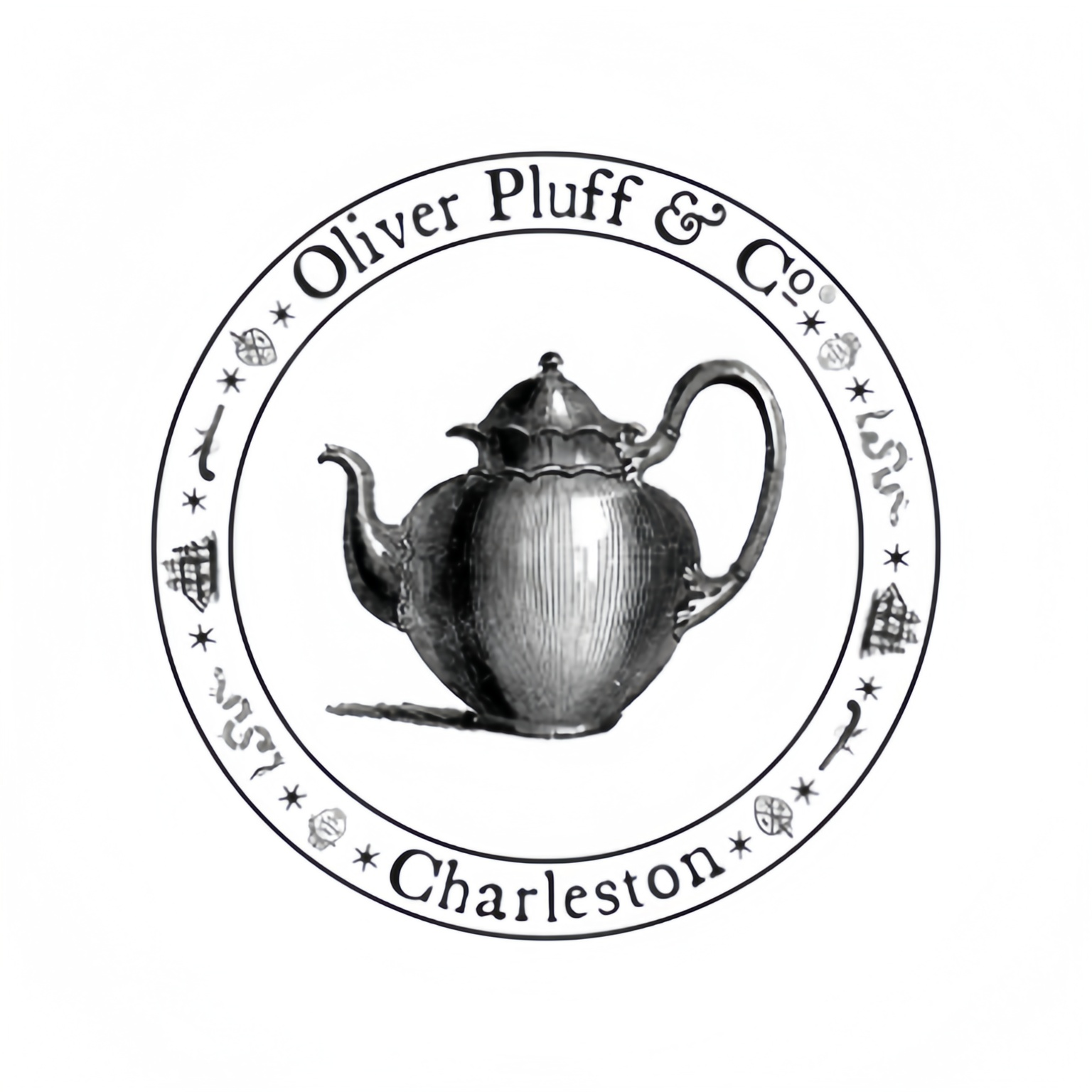Product Detail
Yixing Ware Teapots Phoenix Egg: Teapots Made by Artists and Mud we Love
Application Scenario Expansion
Tea Culture and Traditional Arts Industries
Type Phoenix Egg Yixing ware teapots are functional works of art that also symbolize cultural knowledge. Phoenix Egg Yixing ware teapots are staples of fine art and culture surrounding tea in China.
History and current practice
Yixing ware teapots such as the “Phoenix Egg” have been crafted since the Ming Dynasty in China, and they continue to be made today. Egg shaped yixing teapots are notable both for their unique shapes primary intended for the brewing of tea and the rebirth symbolism of eggs, which pheonix embody, present in formal tea culture servicing.
The Zisha (Purple Clay) materials of pot, due to their natural special of its Zisha Clay which formed from and with curiosity through history performance has micro-porous structures which can improve the tea brewing as they allow the Plum Purple(Zhuni), Stone Yellow(Duanni) and Red Muddi tea pot s to absorb the flavour and essence of the tea. At the same time, as the tea pot is seasoned by
Although not industrial in the traditional sense, Yixing teapots play a role in a number of industries where authenticity, quality, and tradition are valued:

What Common Problems Can Be Solved?

Table of Contents

Selection / Comparison Guide
| Feature | Traditional Phoenix Egg | Modern Interpretation Phoenix Egg | Factory-Produced Phoenix Egg | Artisan Signature Phoenix Egg |
| Clay Type | Authentic Zisha (purple clay) | Blend of Zisha with other clays | Clay from non-Yixing regions | Pure Zhuni (red clay) or Duanni (yellow clay) |
| Clay Origin | Yixing region, Jiangsu Province | Yixing region, verified source | Often unspecified | Specific named mines in Yixing region |
| Craftsmanship | Hand-built using traditional techniques | Handcrafted with modern tools | Semi-mechanized production | Entirely hand-built by named master |
| Porosity Level | Medium (6-8% porosity) | Medium-high (8-10% porosity) | Low (3-5% porosity) | High (9-12% porosity) |
| Wall Thickness | 3-4mm, evenly distributed | 2-3mm, modern thin-wall style | Often inconsistent (2-5mm) | Precise 3.5mm throughout |
| Heat Retention | Excellent (maintains temperature 15-20 min) | Very good (10-15 min) | Moderate (5-10 min) | Superior (20-25 min) |
| Pour Speed | Moderate (8-10 seconds) | Quick (5-7 seconds) | Variable (5-15 seconds) | Controlled (precisely 8 seconds) |
| Capacity | Traditional (150-180ml) | Contemporary (100-130ml) | Larger (200-250ml) | Classical (exactly 150ml) |
| Price Range | $200-400 USD | $150-250 USD | $50-120 USD | $500-1,500+ USD |
| Aging Potential | Excellent | Very Good | Limited | Exceptional |
| Certification | Regional authenticity certificate | Basic certification | Often uncertified | Master artisan certificate with chop |
Data source: Based on Yixing Ceramic Industrial Arts PGI (Protected Geographical Indication) standards and The Chinese National Standards for Yixing Pottery (GB/T 35010-2018). For detailed standards information, visit: China National Standards Database and Jiangsu Province Geographical Indication Products Protection Regulations
Comparing Yixing Ware Teapots : How to Choose Your Perfect Phoenix Egg
Understanding the underlying differences in clay types, level of craftsmanships, and functional design aspects is the key to making an informed investment when choosing a Yixing Phoenix Egg teapot. Below you will find a comparison of different options from the Phoenix Egg family to be considered:
Key Points to Consider When Selecting:
Type of Clay
As the clay you choose will greatly affect the final taste of your tea, this should be a key consideration. Traditional purple clay (Zisha) will bring out a more neutral taste, and work well for most teas. Red clay (Zhuni) will accentuate the brightness and fruity aspects of the tea. This makes it a popular choice for lighter Oolongs. A yellow clay
Size Considerations:
Smaller Phoenix Egg teapots (100-150ml) are better suited for brewing high quality teas, where multiple, short infusions will be preformed. In contrast, larger Phoenix Egg (180-250ml) are more appropriate for casual everyday brewing, or brewing sessions with multiple guests. Consider your typical brewing method, and the typical size of your guestlist when selecting your capacity.
Artisan reputation
The teapots from well-known masters tend to sell at premium prices, however the materials used, the craftsmanship and the artistic value are far superior to common ones. Common ones of lower prices are mostly made by factory, but lack the more refined details in proportions and the aging capability that the ones made by artisans would offer. To avoid excessive investment, mid-range pieces are recommended for beginning collectors before purchasing pieces from the masters.
Functional Design Elements
How well does it pour? How exactly does the lid fit? How well-balanced does it feel in your hand? Superior craftsmanship reveals itself by such practical qualities: a lid snug enough to create a slight suction when you hold the teapot by its handle, a spout that delivers a smooth, drip-free pour, a handle that feels safe and comfortable while you use it. You spend more time using your teapot than looking at it, and how well it functions affects your experience of brewing tea far more than how it looks.

Actual Cases/Customer Stories
The Museum Curator’s Discovery
Dr. Mei Zhang, curator at the East Asian Art Museum in San Francisco, had studied traditional teaware for years, but she had never seen a Phoenix Egg before her visit to select items for an upcoming exhibition. And she had never seen a piece with such flawless proportion and balance, “something aonly possible from an experienced, conscientious craftsperson working within a centuries old tradition Where so many modern yixing pieces are effectively decorative sculptural works at the cost of function, this Phoenix Egg shows that perfect harmony that marks classical works.
Shortly thereafter, the museum purchased an extra Phoenix Egg teapot for their permanent coolection, which has pride of place in their current exhibition “Living Traditions”. Dr Zhang draws great satisfaction in using an identical piece when conducting monthly demonstrations of tea culture at the museum: “Visitors always remark how the pouring action and overall presentation elevates their understanding of the Chinese tea ritual beyond what we can deliver using more mundane teaware.”
The Tea Master’s Test
When teaware has been crafted to the highest standards, it speaks for itself. Wang Lian has operated a chain of three premium tea-houses in Taiwan since 2016, and ranks third generation tea master in his family. The final test has become a tradition in Wei Ye Da’s production of Phoenix Egg teapots. “For each Phoenix Egg teapot, we strictly conducted a comparative tasting, using the same tea (in the same amounts), the same water (at the same temperatures) and the same steeping durations, in a variety of different vessels. Only those that brought the tea to its greatest perfection were deemed satisfactory for premium tea house service.”
After purchasing six of the most impeccable Phoenix Egg teapots for the premium service at his flagship location, within a single month Wang Lian saw a 30% rise in customers choosing to enjoy a higher grade oolong in the shop. “The teapot becomes part of the story we’re telling about the origin and character of the tea. When our customers see and taste a tea preparted in proper Yixing ware, especially the distinctive, beautiful Phoenix Egg design, it deepens their appreciation of the rare and subtle qualities we’re sharing with them.”

The gift from a company that built a relationship
Michael Chen, international procurement director for a technology company with extensive Chinese manufacturing partnerships, wanted meaningful gifts that would convey cross-cultural respect without being cliched. “When we gave each of our three most important manufacturing partners a Phoenix Egg, I never expected it would have such an emotional impact,” says Chen. “One operations director shed a tear as he explained that his grandfather had been an apprentice in a Yixing workshop before the Cultural Revolution.”
The teapots sparked many relationship-building conversations that helped put the business deals in perspective. “The next time we went to the table for a contract negotiation, the mood was more cooperative, and each meeting would start with tea made in the teapots we had given them.” Before long, each meeting began with the partners taking turns serving tea brewed in the gift teapots. “It was a thoughtful gift, but we all made it a gift to ourselves by following it through into a shared ritual that remade our business relationship.”
The Collector’s Story
Elizabeth Harrington began her teaware collecting as a casual pursuit while on business trips to Asia, but has developed a more serious appreciation over time. “I bought my first Phoenix Egg teapot on impulse while I was on a conference in Shanghai. As I taught myself how to brew properly, I was surprised by how much better it made even modest teas taste than the way I was brewing it at home. What started as an whim became a real passion for learning.”
Her collection now includes eleven Yixing teapots that she’s collected over the years, each one dedicated to a particular class of tea, but the first Phoenix Egg is still her daily go-to pot for Taiwan oolongs. “I’ve found more valuable pieces since then, but that first Phoenix Egg opened the door to my understanding of the way that the vessel changes the tea,” she explains. “Six years later, it’s a better brewer than it was when it was new. The patina is beautiful, and it’s still the first pot I reach for.
The Tea Room Transformation
When David and Mei Li decided to turn a failing cafe into a niche Chinese tea room in Portland, they prioritized the acquisition of authentic teaware, even when working on a budget. “We decided early on that we’d rather serve each tea in appropriate vessels than standardize our equipment for convenience,” recounts David. “The Phoenix Egg teapots we picked for our oolong service immediately served as a conversation starter at each table.”
According to the pair, customers would often take photos of the teaware alongside their pot of tea, posting them on social media and allowing for organic word-of-mouth advertising. “We’ve had people coming in who specifically request this ‘egg-shaped teapot’ they saw online,” remarks Mei. “What was initially a choice centered upon authenticity became a flagship part of our unique brand identity.” Now, three years after opening, the pair have gone on to host weekly lessons on Chinese tea culture, where their Phoenix Egg teapots are often used as both practical tools as well as educational props.
In each case, from museum to business to specialty tea service to a private collector’s journey: the Phoenix Egg teapot has served a different purpose to suit the moment and circumstance. In every story, the perfect form and function of this teapot has provided use and beauty that has transcended its meaning from pure object to human, to cultural, experience and connection.




















Ahmed Farouk –
wow! The Yixing ware has a beautiful, yet tactile design that seems to tell a story and in my hands a large Yixing teapot has some heft. It brews tea evenly and I am so happy
Lily Anderson –
Love the Phoenix Egg motif! It holds the right capacity and it also pours quite well without spilling over. The clay adds a subtle yet richer flavor to the tea, perfect to enjoy during the afternoon.
Chloe Smith –
My first Yixing and I love it! The Phoenix Egg design is stunning, the heat retention is phenomenal, and it’s easy to clean. Wonderful!
Samuel Park –
I gave this to a friend in the US who collects teapots and they lost their minds with joy! The quality is impeccable, it pours beautifully and the clay has a wonderful texture. Simply a must have!
Jacob Carter –
Love the craftsmanship and unique design, The Phoenix Egg Teapot makes me like the aroma of tea even more.
Fatima Ibrahim –
Simple yet elegant timeless Phoenix Egg shape and clay will heat evenly and has become the centrepiece of my tea setup. Highly recommend.